Etiqueta: BYD
BYD’s Record Output Meets Regulatory Headwinds
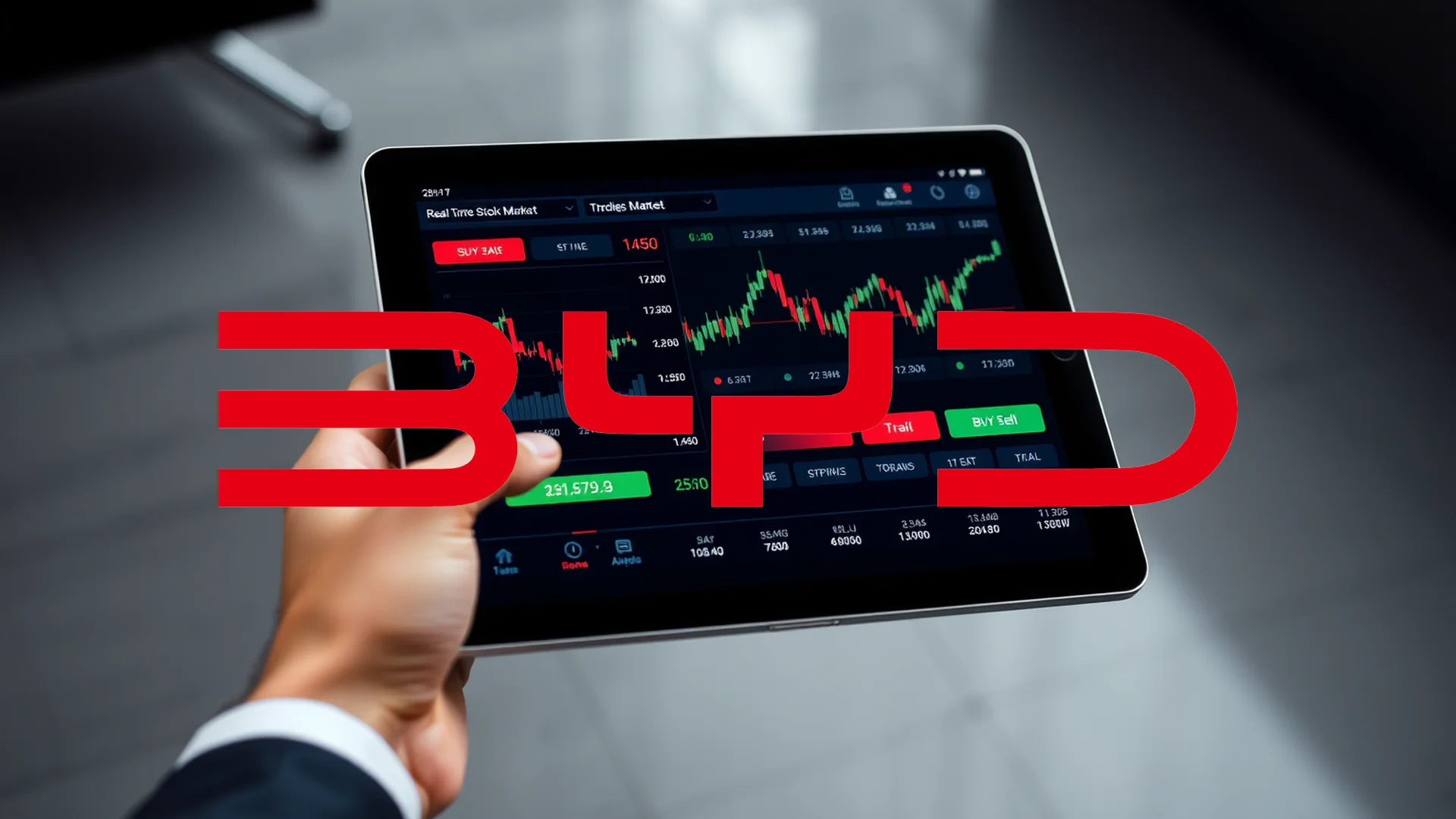
BYD marked a historic manufacturing achievement today, yet investor sentiment remained cautious. The Chinese electric vehicle giant underscored its industry
BYD to build additional e-bus factory in Brazil
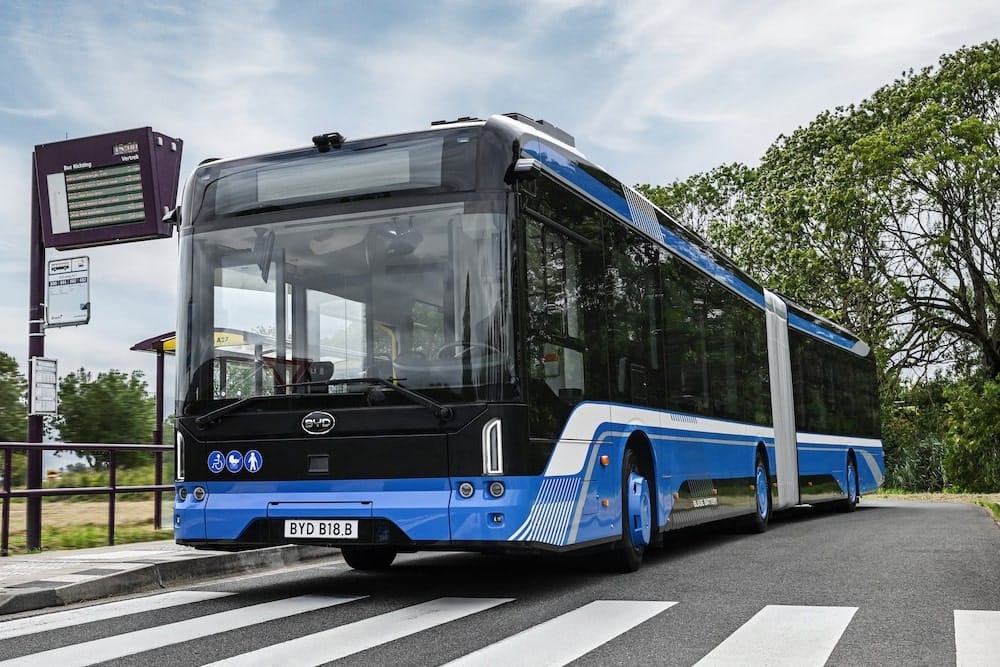
BYD plans to build a new factory in Brazil within the next three years, as rising demand for e-buses has exhausted existing production capacity.
BYD rolled off its 15 millionth NEV; last 5 million units...
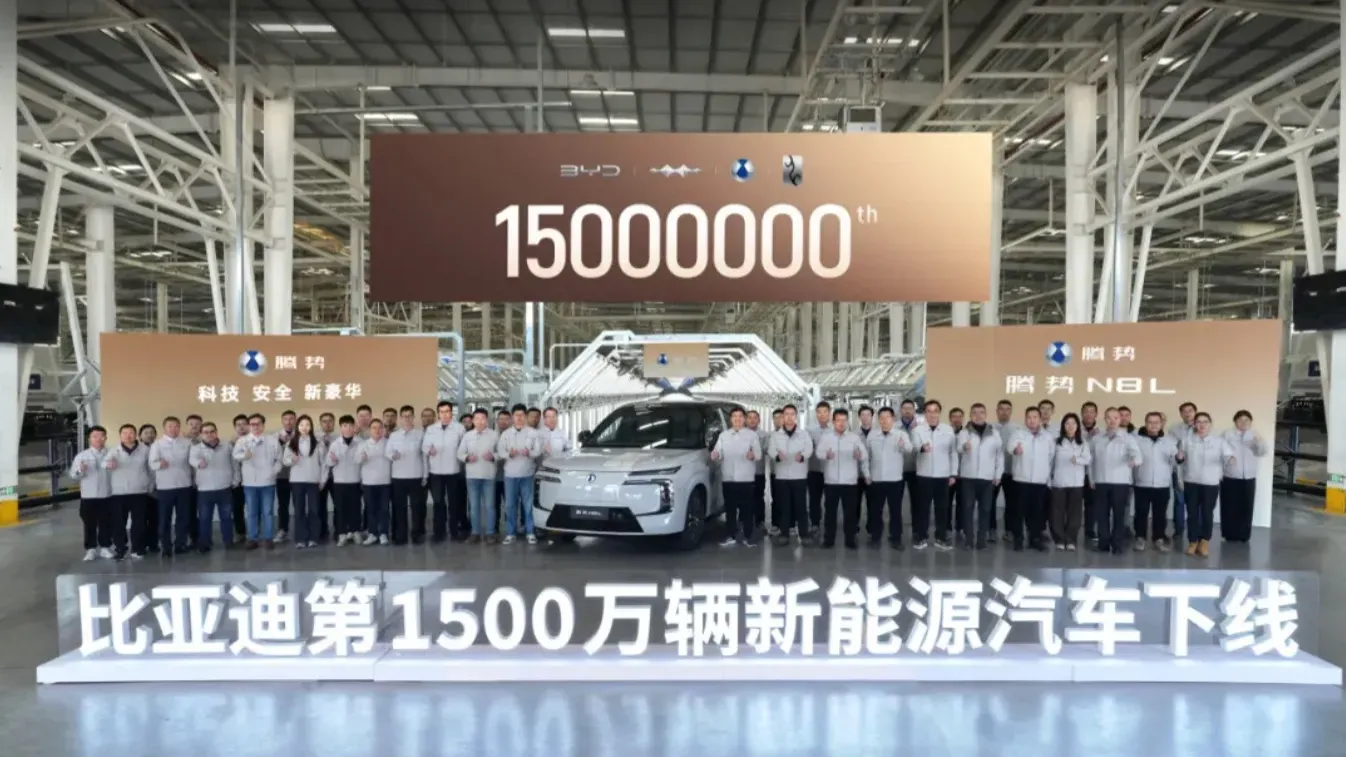
BYD produced its 15 millionth new energy vehicle, a Denza N8L, on December 18, 2025, completing in 13 months a volume increase that previously took 13 years.
BYD’s Denza B5 SUV scored five stars in ANCAP crash test

The BYD’s Denza B5 body-on-frame plug-in hybrid SUV scored five stars in the ANCAP crash and safety evaluation test.
BYD Dynasty-D flagship SUV was seen in China with rear-wheel steering
The BYD Dynasty-D full-size flagship SUV was seen in China during road tests wearing camouflage. It boasts rear-wheel steering & PHEV system.
The post BYD Dynasty-D flagship SUV was seen in China with rear-wheel steering appeared first on CarNewsChina.com.
BYD ups the ante on L3 autonomous cars, begins testing models...
Chinese electric vehicle (EV) leader BYD has reinforced its push to build and sell more cars fitted with level 3 (L3) autonomous driving systems after Beijing took its first step towards deregulating the technology. The company collaborated with authorities in Shenzhen, where it was based, to test some of its cars ahead of mass production, according to China Business News. BYD confirmed the report, adding that it had completed more than 150,000 kilometres of real-world L3 testing. The company di
BYD announces official entry into Iraq with Shark 6 pickup launch

In November, BYD Shark sold 3,594 units overseas, bringing its cumulative sales from January to November to 38,266 units.
Belgian transport operator orders 268 BYD electric buses
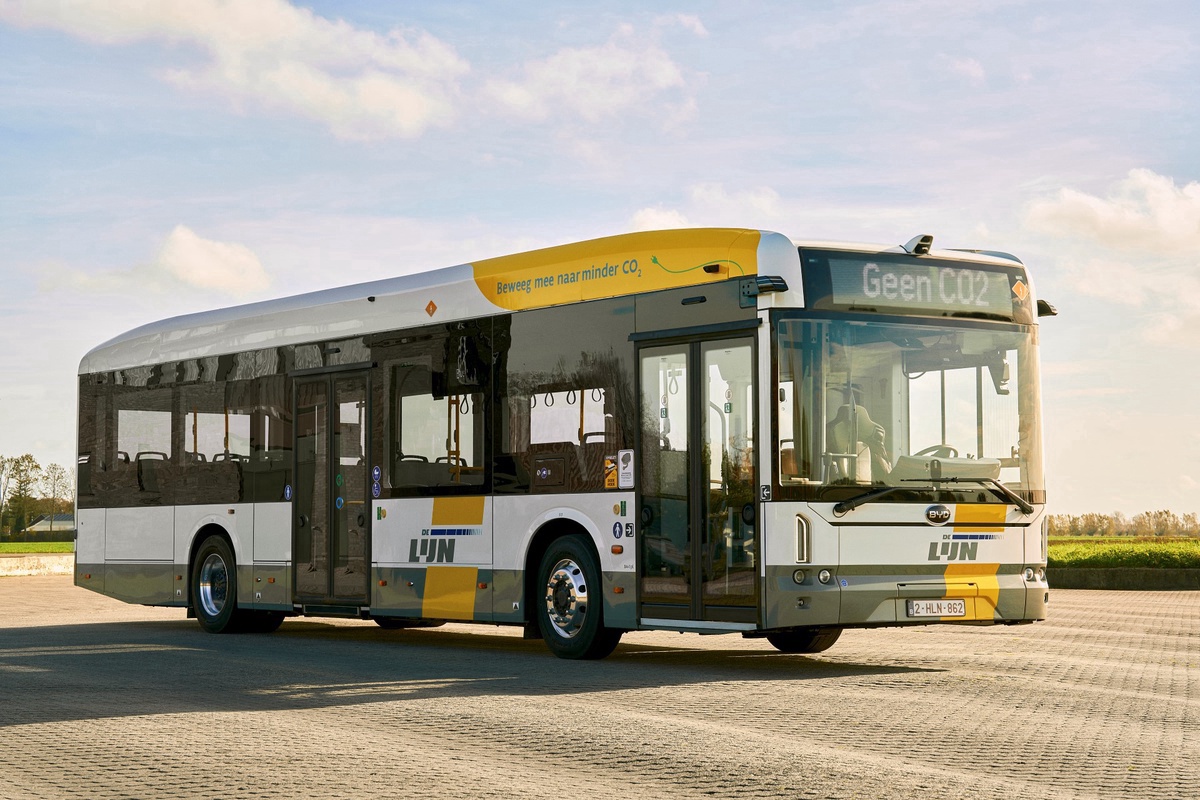
The order completes the volume defined in the 2023 framework agreement, with phased delivery expected to begin in second quarter of 2027
BYD’s Milestone Achievement Contrasts with Domestic Market Headwinds
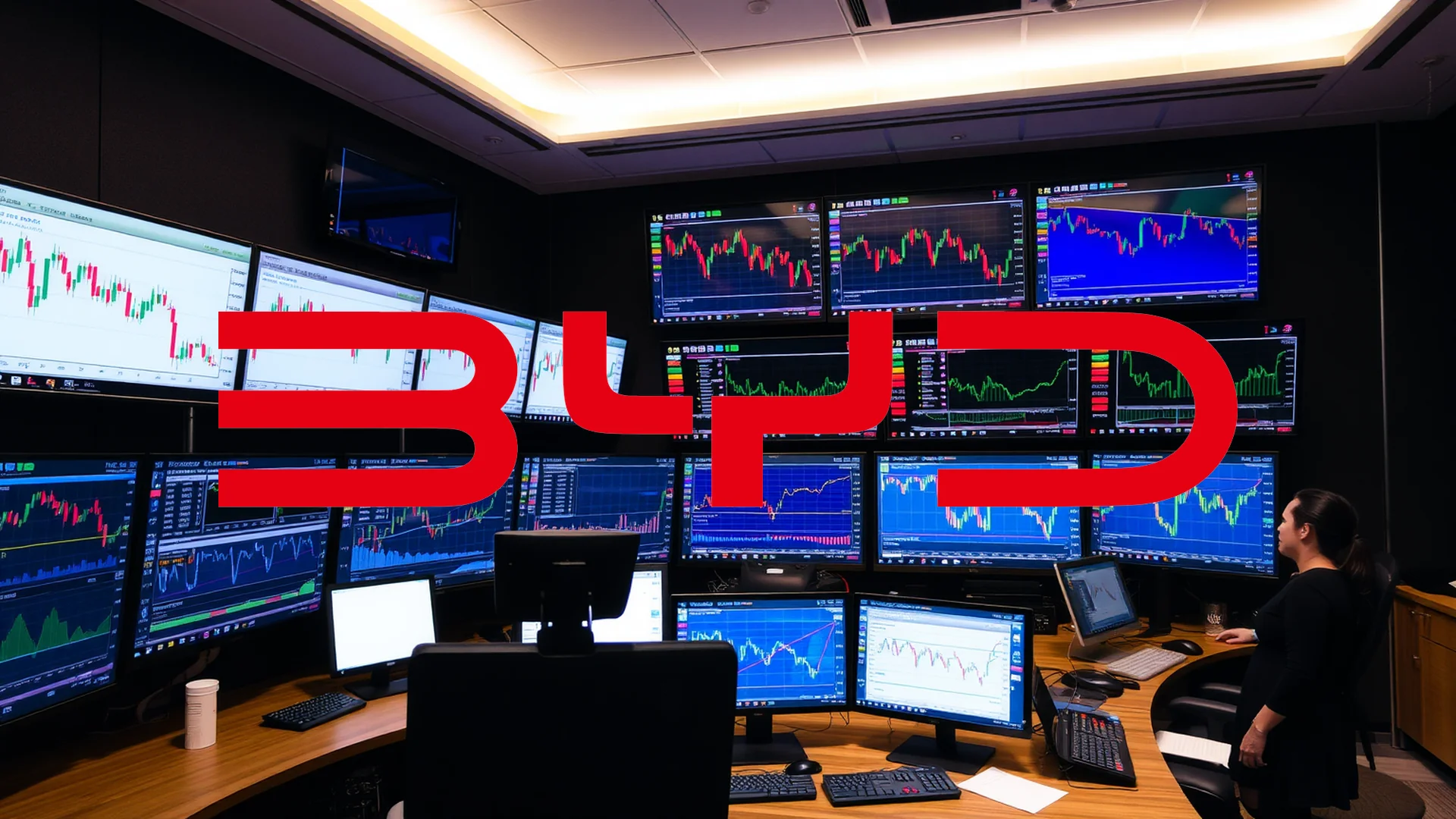
BYD Company Limited marked a significant manufacturing achievement on December 18, 2025, as its 15 millionth New Energy Vehicle (NEV), a Denza N8L SUV, was c
BYD hits 15 million NEV milestone, surpassing Tesla and Volkswagen production
BYD’s 15 millionth NEV demonstrates global EV leadership, exceeding Tesla and Volkswagen cumulative production numbers.
The post BYD hits 15 million NEV milestone, surpassing Tesla and Volkswagen production appeared first on CarNewsChina.com.









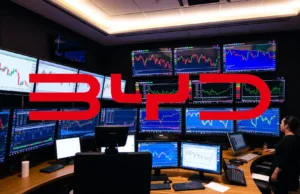
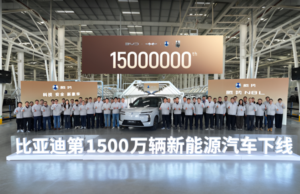


![BYD design patent leaks, revealing new lower-priced pickup truck [Images] BYD design patent leaks, revealing new lower-priced pickup truck [Images]](https://automundochina.com/wp-content/uploads/2025/12/byd-design-patent-leaks-revealing-new-lower-priced-pickup-truck-images-100x75.webp)
